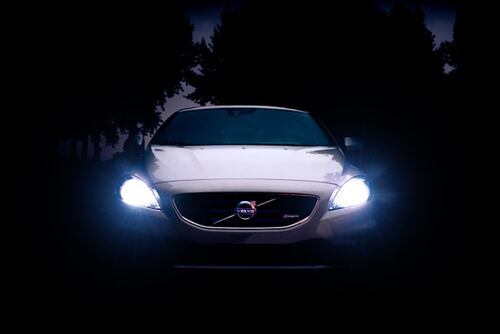In the fast-paced age, capturing your audience’s attention is more challenging than ever. As consumers are bombarded with endless content, marketers continuously search for innovative ways to stand out. Enter the vibrant world of GIFs, memes, and emojis. These dynamic tools can add a layer of engagement and personality to your marketing strategies. But how do you use them effectively? Let’s dive in.
Integrating GIFs into your marketing does not have to be complex, especially when you understand how to make a GIF from a video or image. This knowledge unlocks the potential to produce custom animated images that capture the essence of your brand in motion. You can create engaging content that stands out on any platform by using a video clip that reflects your message or brand personality.
Post GIFs from your unique videos to cater to your audience’s love for dynamic content and maintain a cohesive brand narrative. With plenty of tools and services, converting your videos into GIFs is more accessible than ever. It ensures that your marketing remains as lively and current as your audience expects.
The Magic of GIFs in Marketing
GIF for Social Media
A GIF, short for Graphics Interchange Format, is a series of continuous images or soundless video loops without requiring the user to press play. They can be used to showcase products, tell a story, or even convey complex emotions in a simplified form. When considering gifs for social media, it’s vital to choose or create ones that resonate with your brand’s identity and the interests of your target audience.
Video to GIF Converter
Consider converting a video segment into a GIF to personalize your content further. This is where a video to gif converter becomes essential in your marketing toolkit. Using such a converter, you can select a specific, captivating moment from any video and turn it into a GIF, ready to be shared across social media platforms.
GIF vs Meme
While it’s all about animation, memes typically consist of static images with text that convey a culturally relevant joke or concept. The key in the gif vs meme debate is context. Memes often tap into current events and trends, providing a humorous take that can quickly go viral. They’re also an excellent way to showcase your brand’s pop culture awareness, further establishing your relevance in the market.
To effectively use memes, you need to have your finger on the pulse of the internet. That’s where the cultural relevance ties in; a well-timed, relatable meme can exponentially boost your brand’s visibility.
Emojis and Emoticons: Universal Language of the Digital Age
Social Media Emojis
Social media emojis are the digital equivalent of facial expressions and gestures in face-to-face communication. They help humanize digital conversations and can make your brand seem more approachable. When used appropriately, emojis can emphasize specific points and express joy, concern, excitement, or other emotions. The strategic placement of social media emojis can also break up text, making your content more readable and engaging.
Emoticons
Emoticons, the precursors to emojis, are textual portrayals of a writer’s mood or facial expressions. While they’re less visually impactful than emojis, they still exist in casual online communication. They can soften the tone, convey sarcasm, or add a playful element to your messaging.
Strategies for Using GIFs, Memes, and Emojis
Using GIFs, memes, and emojis in your marketing needs a mix of smart planning and creative thinking. Here’s a list of pointers for using these elements well in your marketing campaigns:
Know Your Audience: Align your visual content with the interests and behavior of your target demographic.
Brand Consistency: Ensure your GIFs, memes, and emojis align with your brand voice and values.
Timing is Key: Leverage trending topics and real-time events to make your memes and GIFs more relevant.
Moderation is Essential: Overuse can lead to desensitisation, so use these tools sparingly to maintain their impact.
Quality Matters: High-quality images and animations reflect better on your brand than pixelated or poorly edited ones.
Platform-Specific Content: Tailor your content to fit the platform, whether it’s Twitter, Facebook, Instagram, or LinkedIn.
Engagement: Encourage interaction by pairing your visuals with calls to action or creating content that prompts user-generated content.
GIFs, memes, and emojis have become a new dialect in the digital world, offering marketers fresh ways to connect with people. They can make your brand feel more human and build a common language with your customers. By understanding the nuances of gif for social media, the gif vs meme debate, and the appropriate use of social media emojis and emoticons, your marketing can strike the right chord with your audience.
Embrace these visuals to keep your brand current and relatable, and remember the power of a handy video to gif converter to amplify your marketing creativity. As digital communication continues to evolve, staying adept in these trends will ensure your marketing strategies remain fresh and impactful.




